What’s that Grace? You were hideously unorganised this week and left everything to the last minute AGAIN, and now have less than an hour to write a blog post? How unusual. That’s not like you at all. Yes, I know leaving things to the last minute is how Caitlin Moran does it, but she’s cleverer than you and has much better hair. Let’s just get on with it, shall we?
Reader, we are gathered here today to talk about guilty pleasures. Or rather, one guilty pleasure in particular. I actually don’t have many. If I like something I tend to own it, get very excited about it, and go on about it endlessly until my girlfriend’s eyes glaze over. This happens quite a lot. But as a book seller, literature graduate, and literary fiction fan, this particular one is something that I tend not to talk about. I buy these books on my kindle and read them furtively on buses when no one is looking. My guilty pleasure is 1950’s lesbian pulp fiction. Specifically the work of Ann Bannon, lesbian pulp queen and all round awesome lady. The writing is bad (in a good way), the plots are melodramatic, and there is lots of sex and smouldering eye contact, and I absolutely Eat. That. Shit. Up.
Now, if I were being literary and pretentious, I could try to defend my love of lesbian pulp. I could say that historically they’re really interesting, providing an insight into the position of lesbians in post-war America at a time when being homosexual was still illegal, heavily stigmatised, and undoubtedly dangerous. It gives us a window into these women’s lives, the way in which they viewed themselves and their relationships. They are a piece of homosexual history. And yeah, this is all true, and very important, and yada yada yada. But we all know the real reason that dykes like me (and a large audience of straight men, for that matter) LOVE these books, even back when they had to be read super furtively and hidden under mattresses. Because they are FUN. I love Laura Landon and her unstable, tempestuous, and (later) abusive relationship with Beebo Brinker (get a load of that alliteration, guys). As someone who was just coming out at university, I loved reading about American college students falling in love with a sorority sister, the will-they-won’t-they of their relationship made even more tense by the social stigma and the risk of being expelled from school. They are great fun and my immediate go to if I want something that doesn’t require any kind of thought. Complicated, they are not, but interesting? Absolutely.
Because it’s true. They are a piece of history. The way in which homosexuality is talked about as something you can learn, something that is conditioned, but becomes inherent and impossible to change, is a far cry from the “Born This Way” attitude of many 21st century homosexuals. Laura’s close, almost idyllic, friendship with homosexual Jack provides comfort to him when male homosexuality is shown to always end in heartbreak: though homosexuality is not seen as an illness, the relationships are seen as less enduring than heterosexual love. It blights the life of Bannon’s characters, leaving them drinking heavily, alone, once they reach middle age and younger lovers lose interest. In true pulp fashion, passion can drive people to madness, and a definite feeling of violence boils just under the surface of much of Bannon’s work. It can be dark. It’s not all sex and sunshine and rainbows. But it’s not all negative, either. Homosexual love is portrayed as real, homosexuality is not seen as a disease, and very progressive ideas such as interracial relationships and homosexual parenting are addressed in the later books.
But let’s face it. We’re not really here for the history. We’re here for the smouldering eye contact, smoking butches, and the sex. So go fourth, faithful reader. Give Ann Bannon a go. For history. For science.
(and for lesbians)
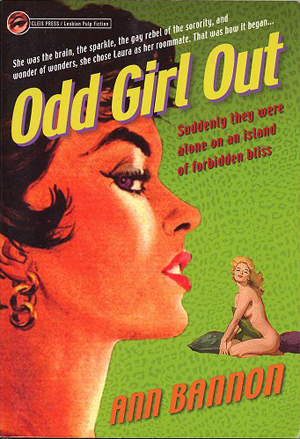
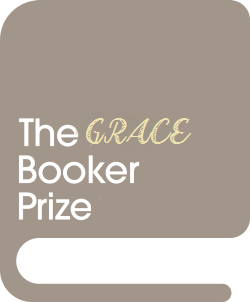
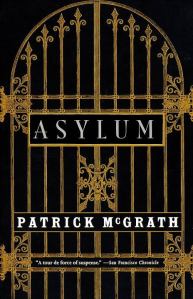
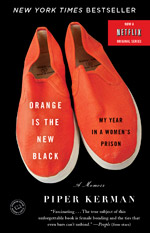
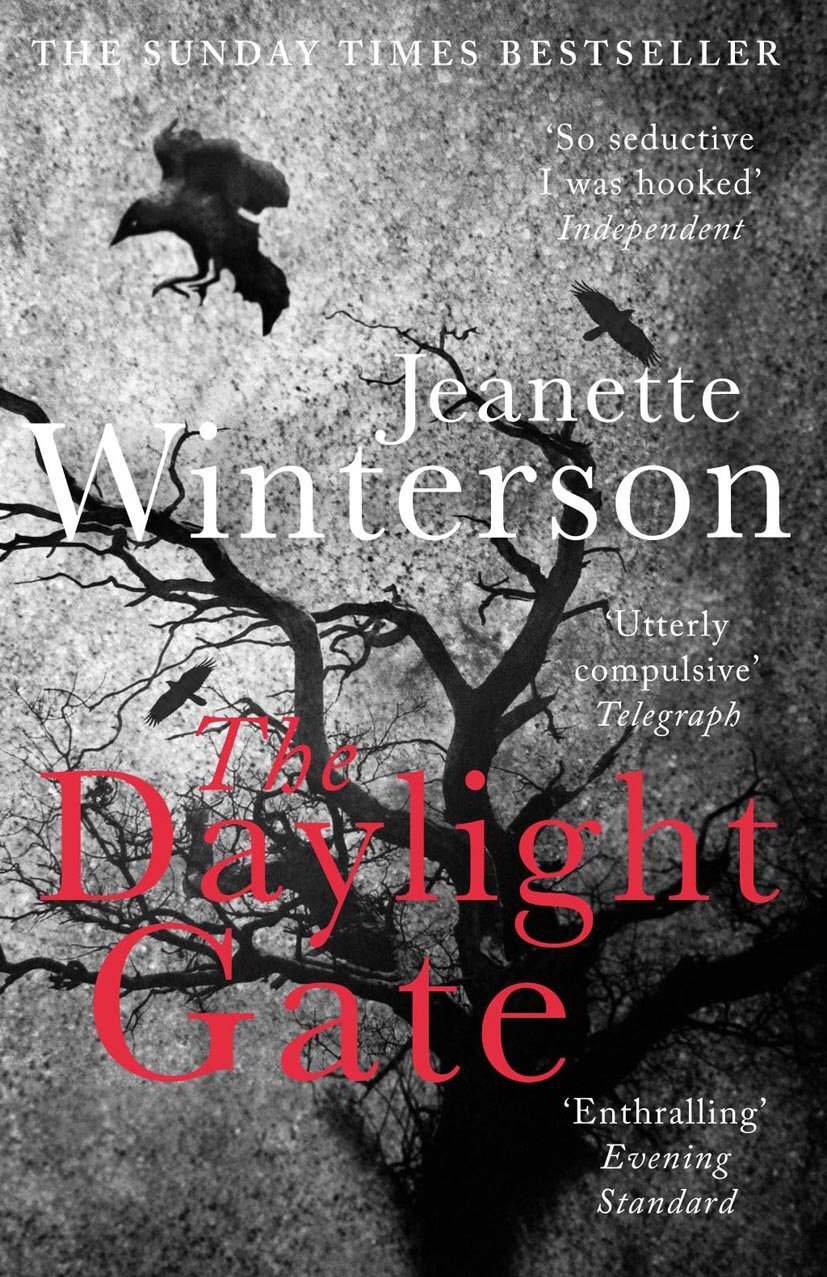
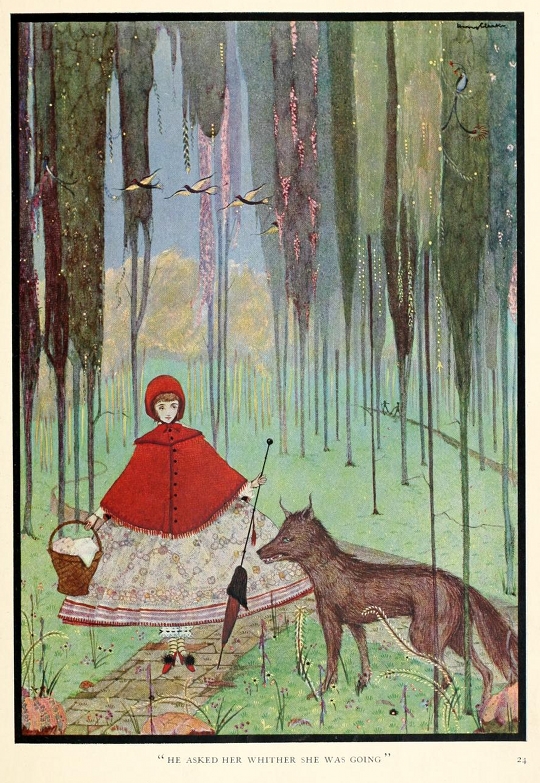
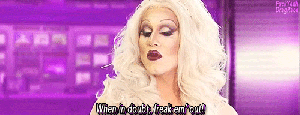



Recent Comments